The causes of chlorosis on tomatoes and its treatment
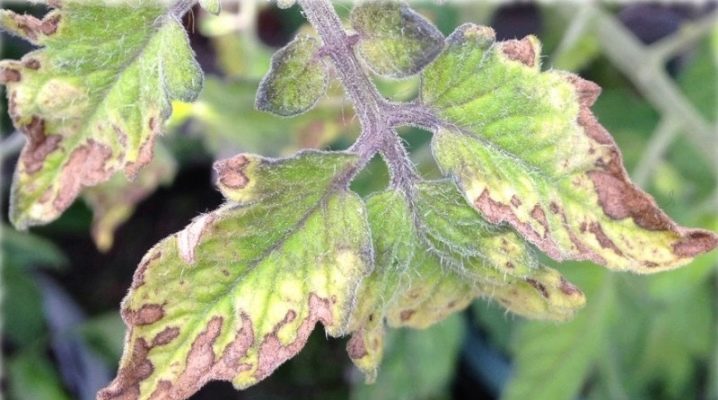
Any culture that is grown by humans is susceptible to negative effects from pests and diseases. Tomatoes are one of the most sought-after vegetables, so it is very important to be able to grow it correctly, protecting the crop from all negative factors. One of the most dangerous diseases for this plant is chlorosis, which can completely destroy the bushes and the entire crop on them. To protect the beds, it is important to be able to prevent illness and deal with it correctly.
Types and signs
Both greenhouses and open ground are suitable for growing tomatoes. If you take care of the bushes incorrectly, they will soon begin to hurt. The most common disease that can affect tomatoes is chlorosis. If the ailment is recognized in time, it can be stopped and eliminated, the neglected bushes must be destroyed in order to avoid contamination of neighboring plants.
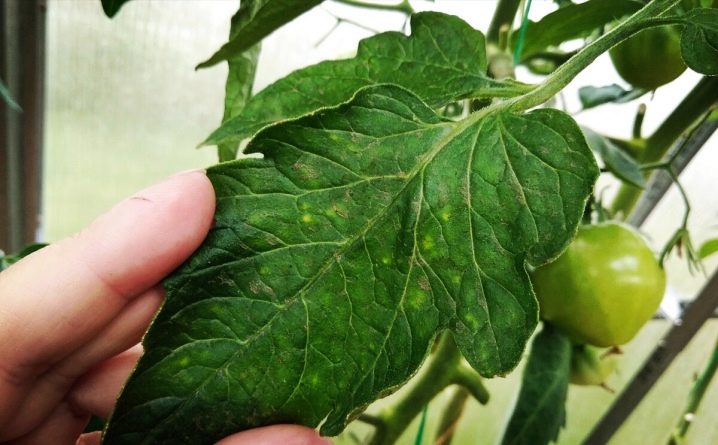
Chlorosis of tomatoes can be of different nature. There are 6 types of this disease:
-
iron deficiency;
-
magnesium;
-
sulfuric;
-
nitrogen;
-
zinc;
-
infectious.
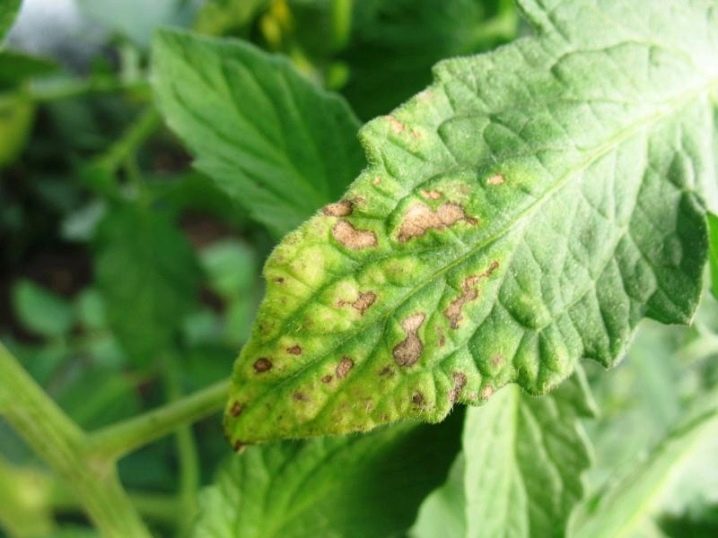
To understand that a bush is sick, you need to know what a diseased plant looks like. The main symptoms will be:
-
change in foliage color from green to yellow;
-
reducing the size of the tops;
-
drying of the top leaves of tomatoes;
-
slower rate of development of ovaries and inflorescences;
-
decay and death of the root system.
Iron, sulfur, nitrogen and zinc variants arise due to the lack of these components in the soil. If you do not notice the deterioration of the plant's condition in time, and do not apply fertilizers to it, then the bush may die. The infectious option is considered the most dangerous, since it is impossible to help the bushes, and they must be immediately removed from the garden and destroyed.
To understand which ailment is spreading in a particular tomato bed, you need to know the main features of each type of chlorosis.
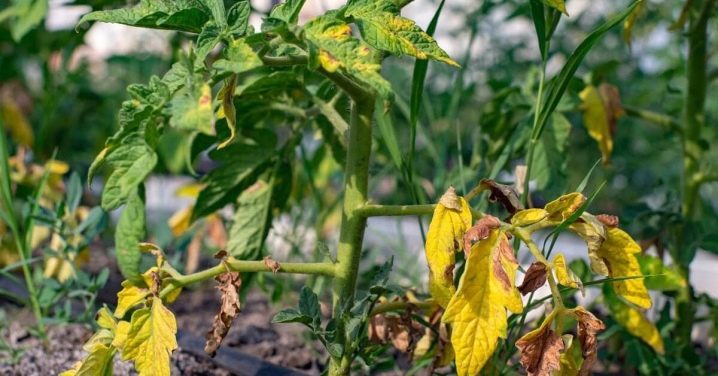
Iron deficient
Poor soil contributes to the development of iron deficiency chlorosis. If the soil has not been fertilized for a long time, or has a high pH level, more than 7.0, then the plants begin to suffer from this. In an alkaline environment, iron ceases to be absorbed by the culture that grows in it, as it becomes insoluble. The consequence of growing on such soil is chlorosis on tomato leaves.

The external manifestations of the disease are yellowing leaves, in which the veins remain green. If the bush gets sick in the middle of the season, then the old leaves usually do not change color, only young growth suffers.
If you do not have time to respond to the disease in time, then the flowering of the tomato will deteriorate, and later the roots begin to die off, and the bush eventually dies.
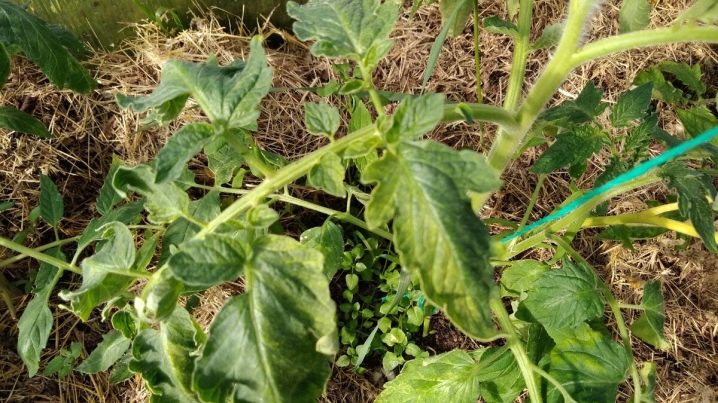
Magnesium
In the absence of magnesium in the soil in the proper amount, magnesium chlorosis occurs. A manifestation of this disease is the yellowing of the edges of the leaves, while the base does not change its color. The disease affects all leaves, both old and young, throughout the bush. If the plant is not helped, and fertilizers with magnesium are not added to the soil, then the bush will begin to lose foliage and gradually fade away.
The reason for the lack of magnesium may be too active use of nitrogen fertilizers.
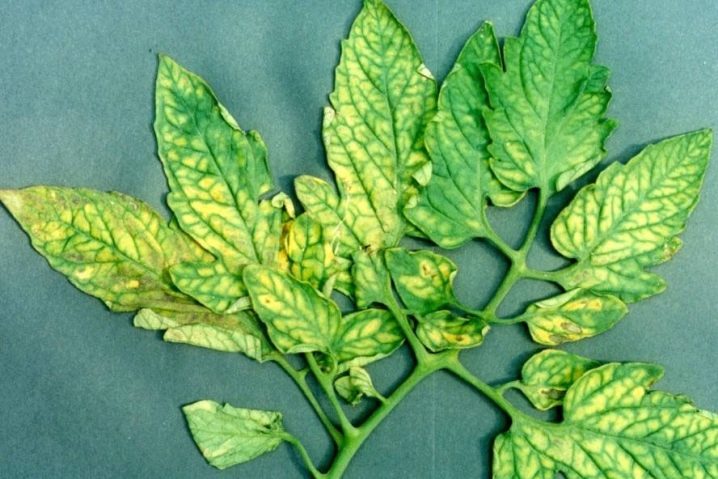
Correctly and timely introducing nutrients into the soil, you can minimize the risk of any disease.
Sulfuric
With a lack of sulfur in the soil, sulfuric chlorosis develops. In this case, the veins of the tomatoes begin to change their color, and then the leaves themselves. A feature of this type of disease is a change in the structure of the bush itself, the stems become thinner and more fragile, break from a strong wind and under the weight of the crop. If nothing is done by the time the veins turn yellow, then the disease will continue, and the leaves will begin to change color. If the culture is not helped at this stage, then it begins to slow down its development and rapidly weaken.
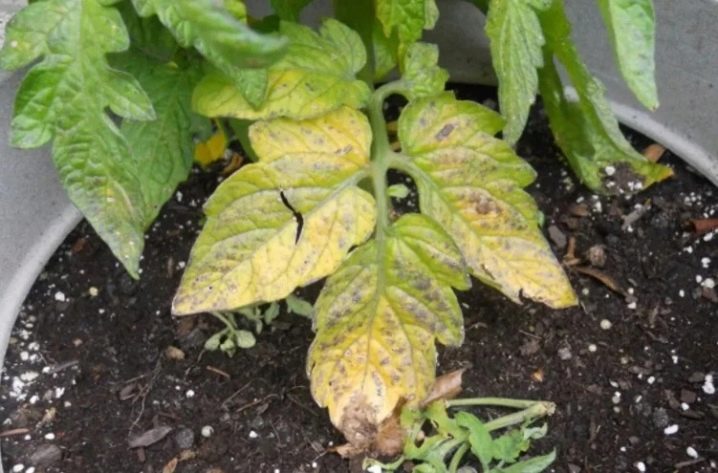
Nitric
Nitrogen is the main component of the development of green mass of plants, and if it is not enough in the soil, the crop grows poorly. The appearance of nitrogen chlorosis on tomatoes occurs in case of untimely application of nitrogen fertilizers, or their complete absence. The main signs of this ailment are yellow leaves on the bushes.
The defeat begins with veins, and then the leaf itself changes color. If you do not react in time, then the bush begins to grow worse, the increase in green mass is noticeably smaller, the culture does not bloom well, forms ovaries poorly. The disease attacks the bush from below, gradually making its way to the top of the plant.
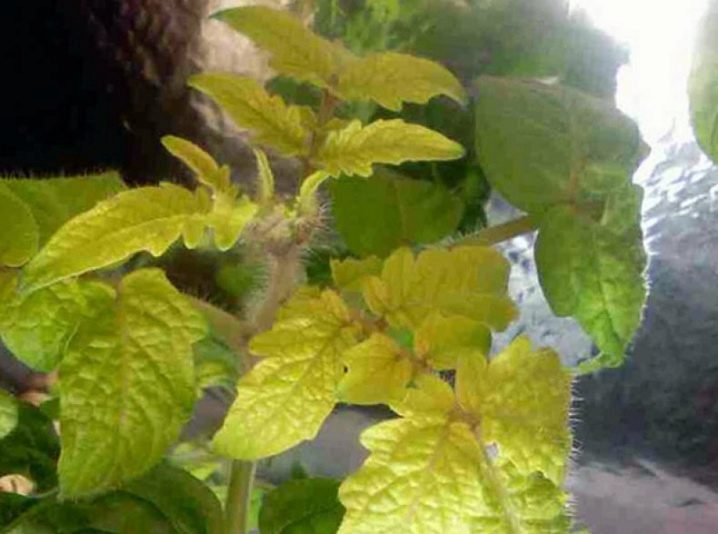
The stems stop actively growing and developing, becoming more firm and coarse, which leads to the fragility of the culture. Due to insufficient nutrition, foliage develops poorly, it becomes smaller. The fruits do not have time to gain optimal sizes and ripen too early. The problem can be solved by applying nitrogen fertilizers, but it is important not to overdo it with the quantity, otherwise it will only harm the tomatoes.
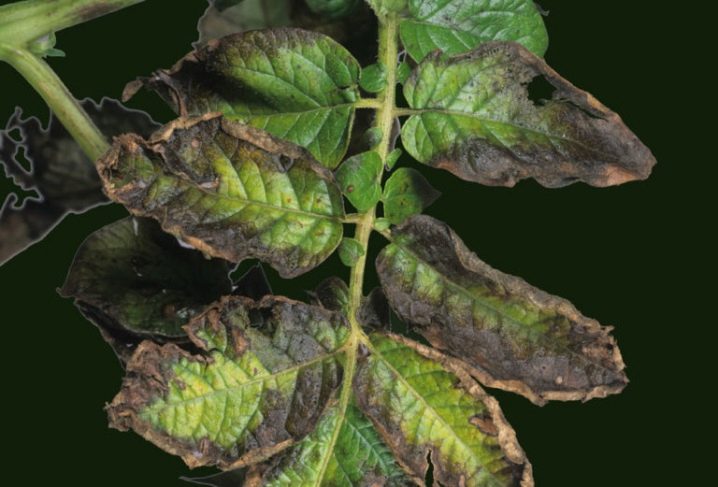
Zinc
The lack of a normal amount of zinc in the soil causes zinc chlorosis in tomatoes.... When this disease is affected, yellow-cream spots begin to appear on the foliage, and the veins do not change their color. Zinc deficiency causes slower growth and development of the crop. Young leaves grow smaller and weaker.
If zinc is not added to the soil in time, then tomatoes will suffer not only from chlorosis, but also from bacterial and fungal diseases, and will not cope with heat and drought. Before planting tomatoes in the garden, it is worth checking the pH level: if it exceeds 7, then this is an unsuitable place for planting, if lower, the crop will grow well.
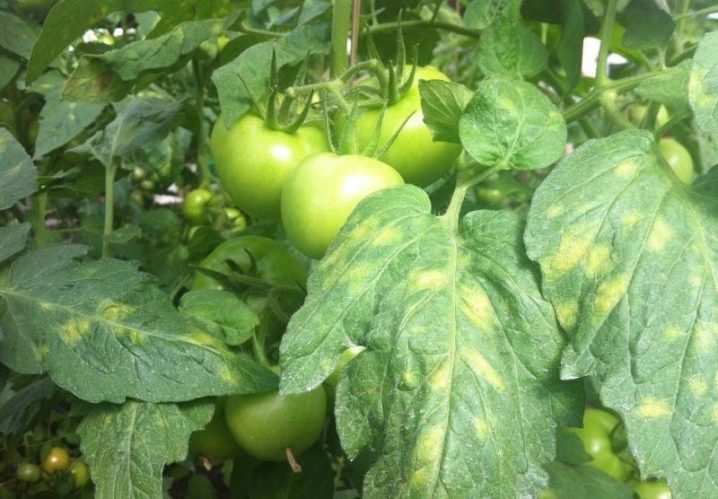
Infectious
In addition to chlorosis, which occurs due to the absence of any elements, there is an infectious variety that affects the culture through viruses that penetrate the soil. You can bring the infection with the help of dirty equipment that has come into contact with diseased plants and has not been disinfected after that.
When infected with infectious chlorosis, yellow irregular spots begin to appear between the veins on the leaves, which spread from the old foliage to the young, systematically affecting the entire bush. After the leaf plate has changed its color, it gradually dries up and dies off.
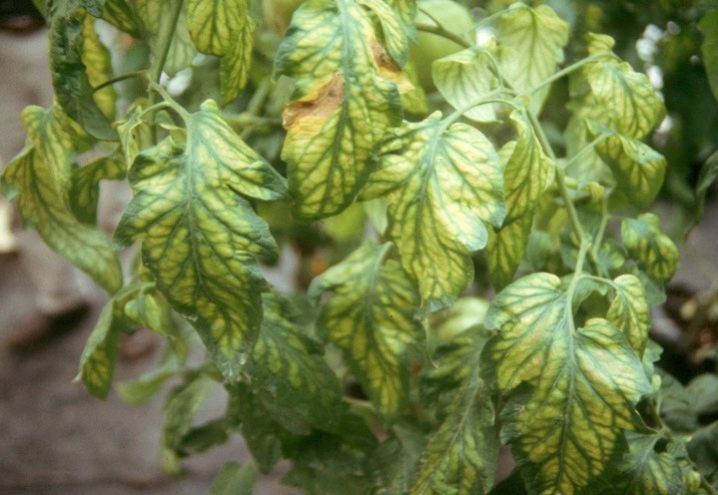
Diseased plants begin to grow worse, fruiting decreases, and over time the bush dies. Fruits that have time to ripen have a pale color, they are not juicy and have a mediocre taste. It is impossible to help tomatoes in case of a viral disease, it is necessary to notice the problem in a timely manner, and eliminate the entire affected area, and then disinfect the soil where the diseased culture grew.

Reasons for the appearance
Chlorosis of tomatoes can occur for various reasons, the main ones of which are:
-
viruses and fungi, if the infection is bacterial;
-
high level of soil acidity;
-
a large amount of alkali in the soil;
-
poor drainage, and stagnation of moisture in the ground;
-
damage to the root system of tomatoes;
-
air pollution, the presence of sulfur dioxide in it;
-
too dense planting of bushes, interfering with the normal growth of the root system.
If a tomato bush is affected by chlorosis, and seeds are collected from it, they also carry this disease, and the new plant will initially be sick. In order to prevent the spread of the disease, it is necessary to monitor the condition of the leaves - as soon as they begin to turn yellow, you urgently need to find out the cause and eliminate it.

How to treat?
Chlorosis treatment is possible only in the case of a non-infectious form. If bacteria get on the bush, it must be removed and the soil where it grew must be disinfected. The disease equally affects tomatoes both in the greenhouse and in the open garden, because the methods of dealing with it are the same. It is necessary to observe the bushes from the moment the seedlings are grown in order to identify potentially diseased plants. If nothing is done, then diseased tomatoes will infect healthy ones, and all seedlings will die.
The fight against the disease is carried out by introducing the missing components. Bushes can be watered with fertilizers containing iron, magnesium, sulfur, nitrogen, zinc. Having correctly identified what exactly the plant lacks, you can quickly and effectively help it get rid of the disease. Top dressing should be timely - if you are late with fertilizing, the bush can be severely damaged... Important do not violate the dosage, all preparations have instructions, and it is necessary to strictly follow the proportions indicated by the manufacturer.
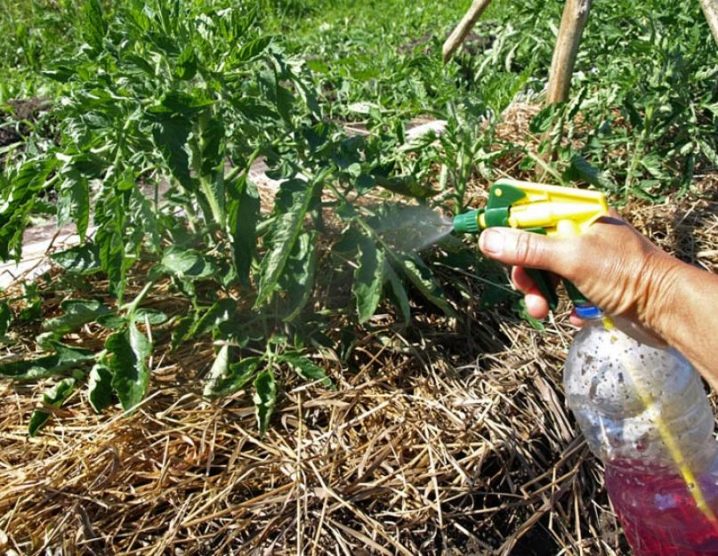
Before planting tomatoes, it is worth checking the quality of the soil - if it is poor, you need to fertilize it with biological components necessary for the normal and full growth of plants. If the soil is normal, but the tomatoes are still sick, it is important to properly fight the disease.
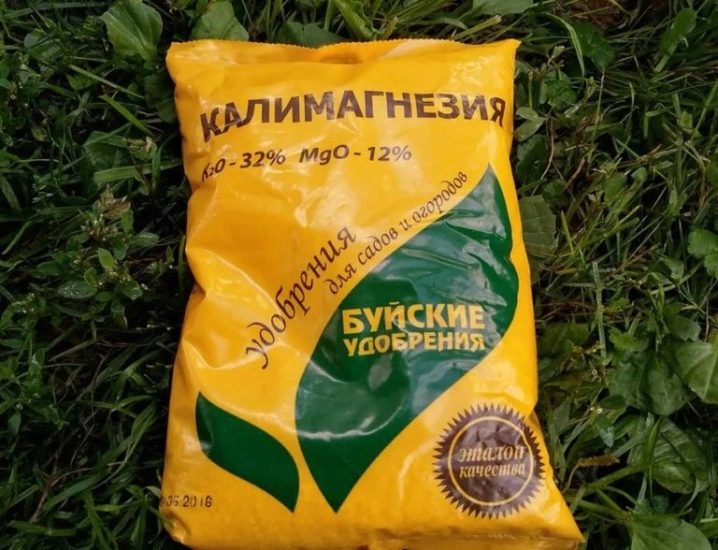
Fertilization
To help tomatoes fight chlorosis, it is necessary to understand the deficiency of which substance leads to such a reaction. Having considered the leaves, their color, size, general condition of the bush, evaluating how the disease progresses, we can conclude what exactly the plant lacks.
Top dressing with the right solution will strengthen the bush, give it energy to fight the disease and the ability to continue normal growth and development. If it is difficult to determine the problem, you should seek professional help.
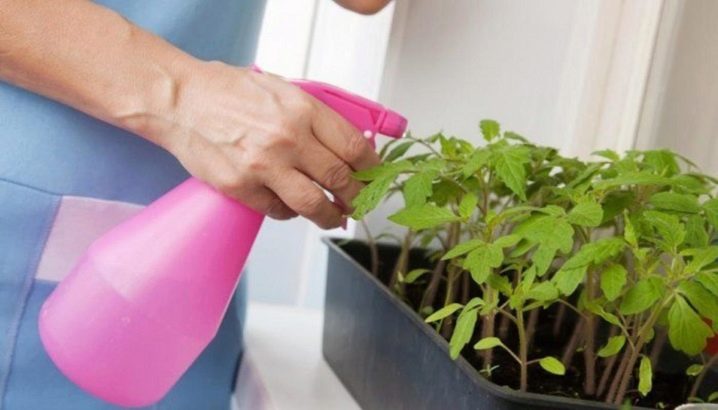
Eliminating other causes
If the fertilization did not work, it means that the cause of the disease lies in something else. To cope with the problem, it is necessary to evaluate the methods of caring for tomatoes. Errors can be made in different nuances.
-
Watering too often at low temperatures or heavy soil, due to which water is slowly absorbed, and pathogenic flora can develop on the bushes.
-
Control of nitrogen fertilization. It is recommended to add nitrogen to the soil in the spring; more frequent introduction of this substance into the soil leads to undesirable consequences.
-
Loosening the soil... If the top layer after watering is not loosened, it hardens and makes the soil heavy, air does not pass into the soil, and fermentation and decay processes begin, which negatively affects garden crops.
By properly growing tomatoes, watering, fertilizing and caring in a timely manner, you can ensure normal growth of plants and a good harvest.
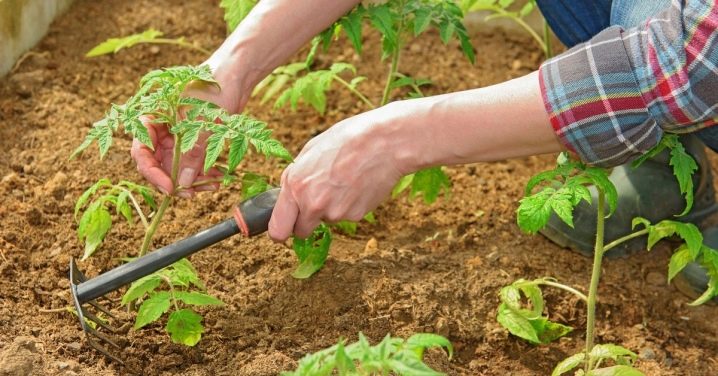
Prevention measures
It takes time for tomatoes to recover from chlorosis, and the damage caused by the disease negatively affects the crop. In order not to lead to this, it is worth taking care that the tomatoes do not get sick with chlorosis. This result can be achieved using prevention methods:
-
controlling the pH level of the soil where the tomatoes will grow;
-
loosening the soil after each watering;
-
timely fertilization;
-
compliance with the irrigation regime, the use of the right amount of water.
To prevent tomato seedlings from getting sick, it is worth disinfecting the soil before planting. All work that will be carried out near the bushes should be done with a clean, disinfected tool.... If you are an attentive gardener, then tomato bushes will delight you with exuberant flowering and excellent yields.
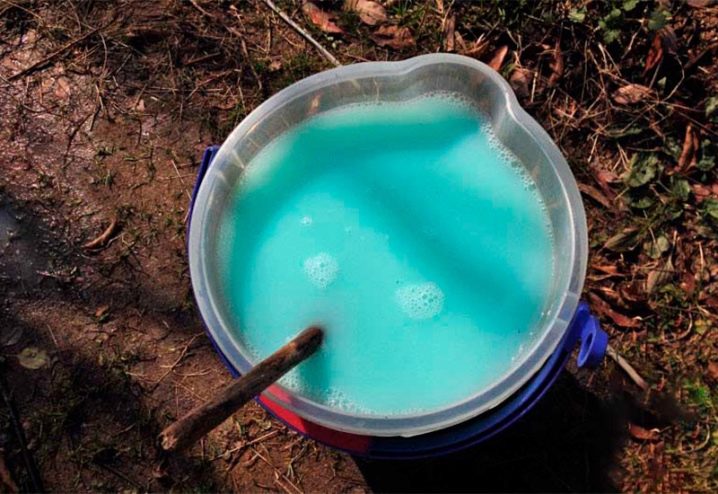













The comment was sent successfully.